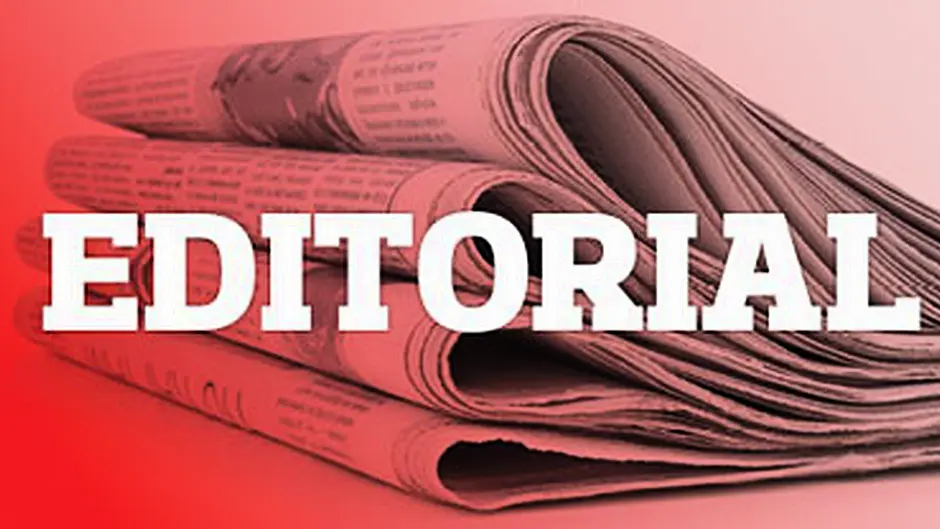THIS week saw the launch of a very instructive survey on the health of the nation, which was funded by the Department of Health and conducted by international market research firm Ipsos. The survey, which is run on an annual basis, gives an up-to-date picture of the health of the nation and reports on our many lifestyle behaviours, including smoking, alcohol consumption, weight, oral health and utilisation of health services.
There were some interesting details in the survey, especially in light of the two difficult years our citizens have endured, due to the Covid-19 pandemic and the more recent cost of living crisis.
According to the results, there has been negligible change in our smoking habits. A total of 18% of our citizens are smokers – of those 14% smoke daily and 4% occasionally. The age group most likely to smoke are the 25-34 year-olds, and this has not changed since the 2015 survey. The government was quick to point out, in the survey’s wake, that Budget 2023 saw nicotine replacement therapy (NRT) being exempted from Vat, in a bid to help smokers wean themselves off the addiction. As regards e-cigarettes, the survey found that 3% of the population use them, with a further 3% having tried them.
Fundings on alcohol consumption were more interesting. There has been a decline in drinking among our 35-44 year-olds. Just over half – 51% – of drinkers in this age group drink at least once a week, with 26% drinking several times a week. This compares with 60% and 36% respectively in 2021.
Gender differences in alcohol consumption are small, with men (69%) slightly more likely than women (65%) to have consumed alcohol in the previous six months. But men drink more frequently than women, with 36% of male drinkers having alcohol more than once a week, compared with 27% of females. These figures have not really changed since 2021.
As regards ‘binge’ drinking – a practice which has often been seen as very dominant in Irish society – the figure is still quite high. A total of 32% of drinkers were considered binge drinkers, – higher than in 2021, when the figure was just 22%, but still well below the 2018 figure of 37%.
When it came to the category of weight, the metrics used for surveying could not be compared with previous years, however. Weights and measurements were self-reported this time around, via phone, having been being measured in-person previously.
But the figures are still interesting. Roughly a third of respondents reported attempting to lose weight, with 35% describing themselves as ‘overweight’ and 21% saying they were ‘obese’. Men are more likely than women to report being overweight or obese (63% and 50% respectively).
This year’s survey also included information about menstrual health and period poverty for the first time. This was welcomed by policy makers, who said it would assist them in supporting policy developments and initiatives. The findings were quite shocking in this regard, indicating that almost quarter of all female respondents – 24% – have experienced period poverty (ie finding access to period products expensive or prohibitive). Findings also showed 67% of women having experienced period pain, and 10% had ‘significantly limited’ activities on a regular basis due to their symptoms.
This information should help current and future governments to start to take all aspects of women’s health a little more seriously. This country has been found wanting, time and time again, in this area, and it is reassuring to see such important information forming the basis of the annual health survey – though one might wonder why it took so long. The government now says that actions to mitigate period poverty are focusing on supporting those most in need – the homeless, those living with addiction, minorities, and those living with consistent poverty.
Overall, the survey is one of the more significant reports to be commissioned by the government, and should continue to expand its scope annually. Our health service has been sadly lacking in its ability to ‘think outside the box’ and move beyond the traditional responses, often being reactive rather than proactive.
The more information we can garner about the health of our nation and health trends, the better for future health outcomes. That is, once the government agrees to take on board this vital information, and mould strategy based on the obvious needs. We should congratulate all those involved in the survey, which should also be essential reading for all economists, planners, health professionals, educators and government policy-makers.










